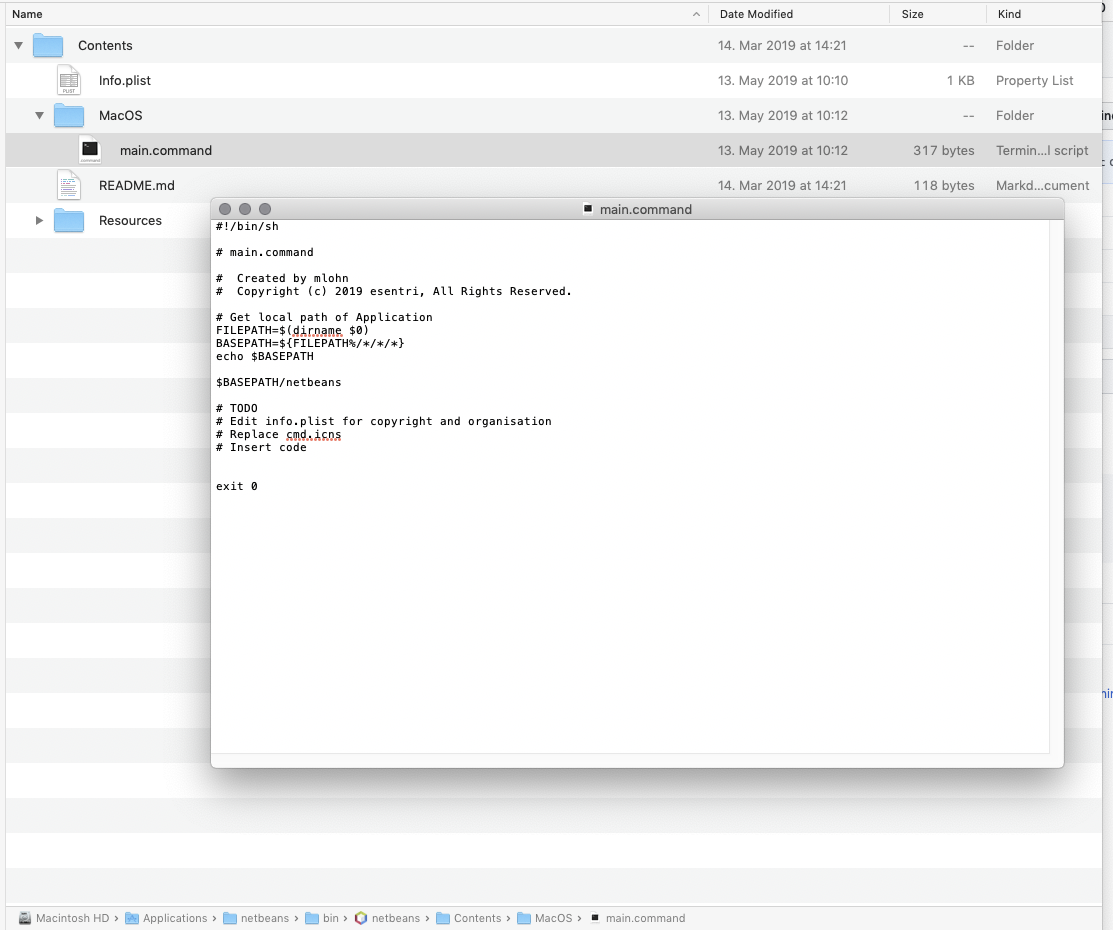

- #Virtualbox vga settings install#
- #Virtualbox vga settings driver#
- #Virtualbox vga settings manual#
- #Virtualbox vga settings windows 10#
#Virtualbox vga settings manual#
#Virtualbox vga settings windows 10#
Only supports OpenGL 1.1 on 64bit Windows 10 and all Linux guests.Using it on a Linux guest requires installing the guest additions because this adapter is not (yet) supported by the mainline Linux kernel.It has some form of 3D passthrough, but – if I remember correctly – uses an insecure approach that just lets the guest dump any and all commands to the host GPU.This is the default for images created for previous versions of VirtualBox (This emulates a graphics adapter specific to VirtualBox, the same as in previous versions (<6.0.0). | VBoxSVGA | could not test | doesn't work |īut it is still possible to set some of that ignored resolutions after boot with fbset.īased on what I've found in the source code: VBoxVGA │ VMSVGA │ ok in systemd-boot menu, │ ok │ – None: Does not emulate a graphics adapter type.īut still it does not describe which of them and why should I prefer. – VMSVGA: Use this graphics controller to emulate a VMware SVGA graphics device.

This is the default graphics controller for Windows versions before Windows 7. – VBoxVGA: Use this graphics controller for legacy guest OSes. This graphics controller improves performance and 3D support when compared to the legacy VBoxVGA option.

– VBoxSVGA: The default graphics controller for new VMs that use Linux or Windows 7 or later.

#Virtualbox vga settings install#
Note that you must install the Guest Additions on the guest VM to specify the VBoxSVGA or VMSVGA graphics controller. Graphics Controller: Specifies the graphics adapter type used by the guest VM. In the user manual I have found this information: VirtualBox 6.0 provides a new setting called Graphics Controller.


 0 kommentar(er)
0 kommentar(er)
